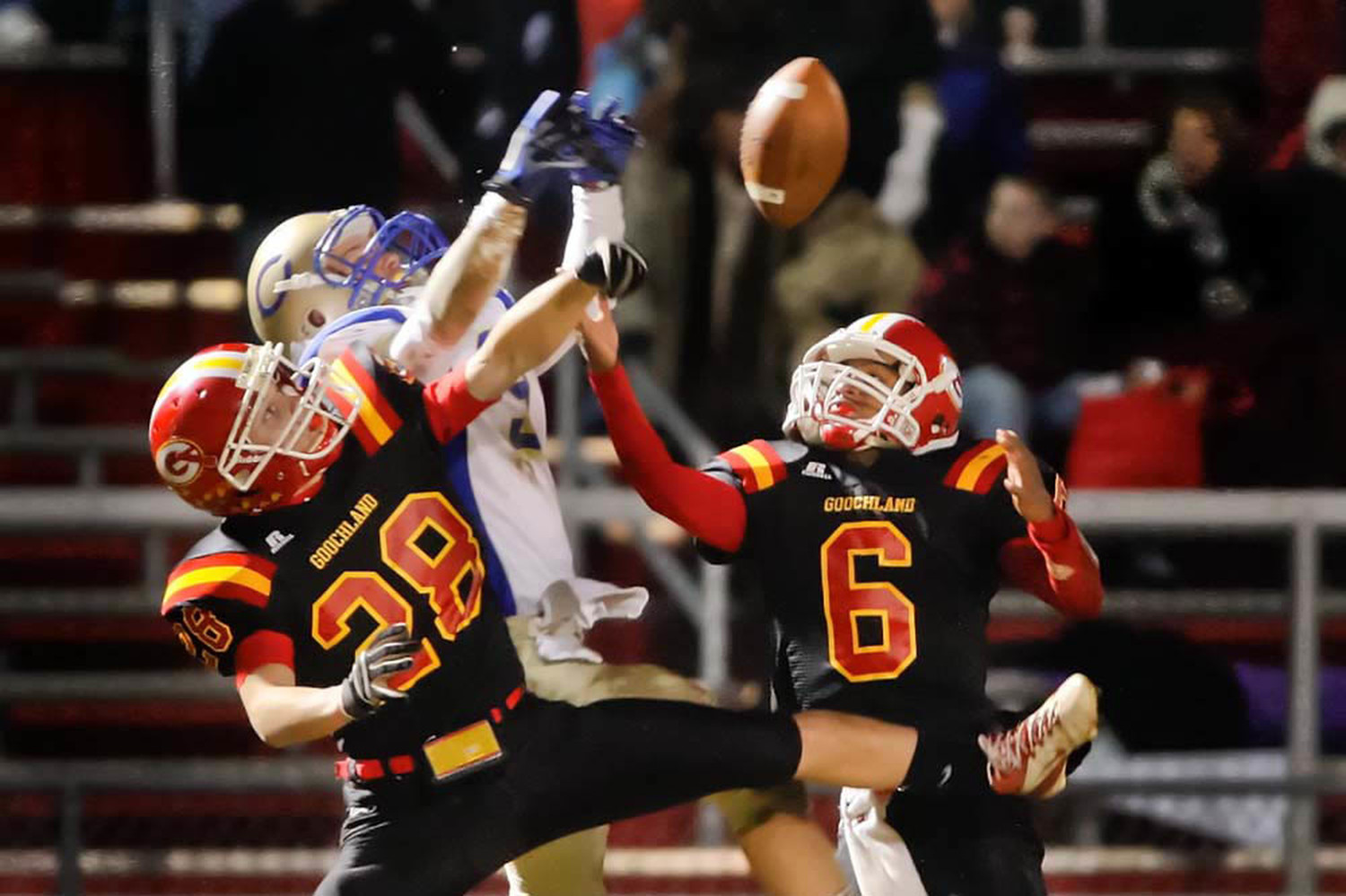When Don Rutledge sought to document poverty in America in 1979 for the Southern Baptist Convention’s (then) Home Mission Board, he could have settled for the kind of quick-hit coverage that’s all too easy to find in the nation’s poorer regions. All it takes are a few shots of poor living conditions. But instead of exploit, Don chose to explore. He spent three weeks with Bailey and Luvenia King, a rural Mississippi couple who had fought a losing battle with poverty for decades.
“It wasn’t enough for us to get to know Bailey King,” said Dan Beatty, who would later work with Don at The Commission magazine. “With Don’s work, we actually had an opportunity to see what it was to be Bailey King, to face that kind of poverty.”
Before there was a group called Christians in Photojournalism, before there were dozens of people mentored by Don and his work, before there was a generation of young photographers trying to shape careers around their faith through missions photography — there was Don Rutledge. He was a pioneer in every sense of the word.
Don Rutledge’s career in photojournalism spanned five decades, taking him to more than 140 countries. Don retired several years ago and passed away on Feb. 19, yet his influence will continue to spread throughout the countless lives he touched.
Don did not start his career as a missions photographer — or even as a photographer at all. His original intention was to become a pastor, which he did for a time. But his newly discovered love of photography would never quite leave him alone. Soon he began to realize that he could reach more people through his lens than from a pulpit.
In the 1950s, Don began shooting self-generated assignments, including extensive coverage of the civil rights movement and racial tension in the South. Still without much of a professional pedigree, Don offered to shoot photo essays for the prestigious Black Star photo agency. They asked for a portfolio first, and he replied instead with a list of story ideas. One of them led to mild interest, which was all Don needed. The project eventually turned into a photo story for a magazine client and, in time, a job offer from Black Star.
One early project threw Don into the spotlight. He collaborated with writer John Howard Griffin on Black Like Me, a book that has become a classic in America’s conversation about race relations. Griffin darkened his skin to make him appear as an African American; his book recounts his experiences living as a black man in the South in the midst of the struggle for civil rights, with Don’s photographs to illustrate the tale.
Don’s decade with Black Star took him on many international assignments for the leading picture magazines of the day — an opportunity some photographers might be tempted to sell their souls to have. Instead, Don decided to follow his soul, abruptly leaving the photojournalism fast track for an obscure photographer position with the Southern Baptist Convention, first with the North American Mission Board and later the International Mission Board and their magazine, The Commission.
“That’s where Don found where God needed him to be,” said longtime friend and protégé Ken Touchton, in a tribute at Don’s memorial service.
His years with The Commission broke the ground for unprecedented use of photojournalism for an evangelical publication — which many other titles have since learned to emulate. For years, The Commission would routinely compete with the likes of National Geographic in annual photojournalism competitions. Of course, Don’s goal was to spread the gospel, not collect awards. Still, the successes of those years points to the wisdom of his earlier decisions.
“Don has exemplified better than most that following your Lord does not mean giving yourself to a lesser life,” wrote another protégé, Stanley Leary, in his master’s thesis on Don’s career. “Those that earlier criticized Don for leaving Black Star to work with Southern Baptist have called him over and over asking if there are any openings for them to serve.”
“Don’s legacy as a photographer is very important,” Touchton says. “But many of us now are realizing that his greater legacy is the number of photographers, writers and editors that he nurtured along the way. It’s amazing to see the number of us doing the job we do because Don took the time to spend a few moments with us and nudge us in the right direction.”
Another of the many who have benefited from Don’s influence is Joanna Pinneo, whose work throughout the world has reached the pages of some of the world’s most influential publications, including in National Geographic’s “100 Best Pictures.”
She remembers Don’s three rules for interacting with subjects:
- Always enter with a warm smile and quiet manner.
- Treat everyone with respect.
- See the world through your subject’s eyes and know they are a child of God.
No wonder Don liked to call his favorite photographs “windows on the soul.”
Tom Kennedy first met Don in the 1970s while working his first job as an Orlando newspaper photographer. Since then, Kennedy’s career has been a tour-de-force in photographic leadership, including a long stint as director of photography for National Geographic.
“When people asked me what was so great about [Don’s] pictures, I said, ‘you saw the face of God in everyone he photographed,’” said Kennedy. “That’s an extraordinary accomplishment. I don’t know many photographers who can remove themselves and their egos so completely that they can really do that consistently.”
Windows on the soul. Seeing the face of God. As any fan of Don Rutledge knows, such windows are extraordinary.
